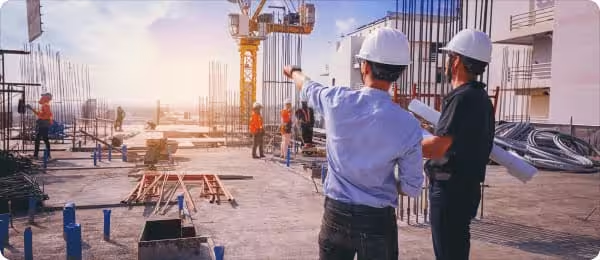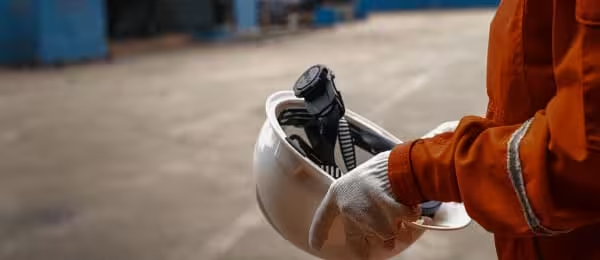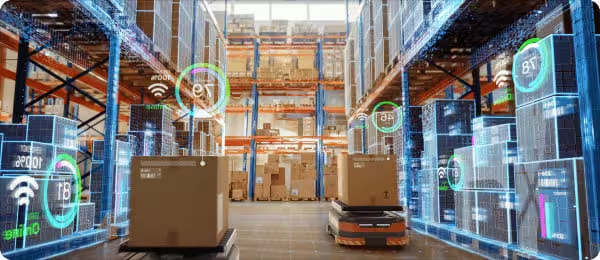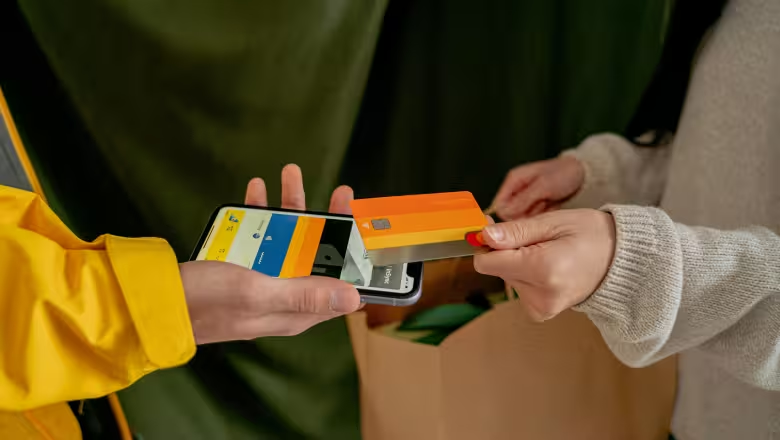도입이 처음이신가요?
ORBRO 전문가가 직접 상황을 분석하고
최적의 솔루션을 제안해드립니다.
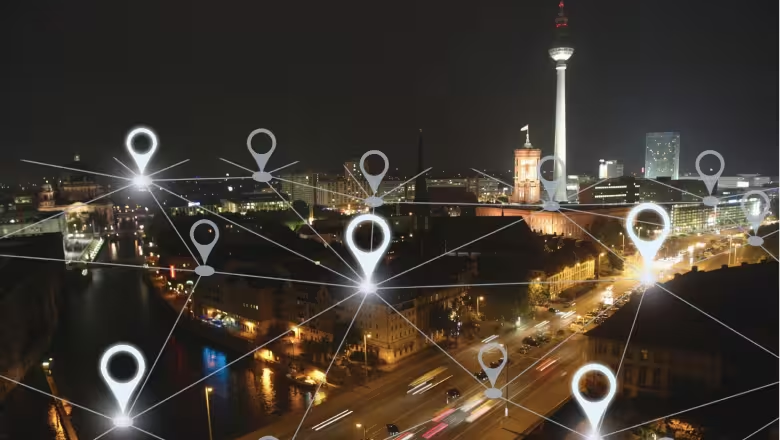
What is Real-Time Location System (RTLS)?

2023-04-17
#locationTracking
#RTLS
#UWB
#BLE
What is Real-Time Location System (RTLS)?
RTLS technology is a real-time location tracking system that utilizes various technologies such as wireless communication, RFID (Radio Frequency Identification), GPS (Global Positioning System), BLE, UWB, etc., to track the location of objects or individuals.
1. Real-Time Tracking
RTLS technology allows real-time tracking of assets, providing accurate and up-to-date information on their location throughout their lifecycle. This enables companies to systematically monitor and manage asset locations, leading to improved production line management, logistics services, and safety management.
2. Trend and Prediction
By measuring the location and movement of assets, it becomes easier to identify avoidable errors, unnecessary steps, resource shortages, and abnormal employee behavior in processes. This enables early detection of potential issues in various fields such as production lines, logistics, and safety management, leading to more effective management.
3. Geofencing
Defining virtual boundaries in a 3D space is useful in various fields such as ensuring employee safety, preventing contamination, and enhancing security. It helps protect employees from hazardous areas, prevent contamination, and strengthen security.
How does RTLS Work?
Core Components
An RTLS system consists of three main components: transmitters, receivers, and software that integrates and analyzes location data. Each RTLS provider may use slightly different terms for their technology and emphasize their unique selling points. The following is a generalization of these core system components.
Transmitters
In RTLS, transmitters primarily refer to the devices connected to tags or receivers. These devices identify and transmit location information of objects or individuals to receivers. Transmitters typically operate using wireless technology, and their size and performance may vary depending on the technology used. Transmitters can be attached to objects or worn by individuals or animals. Some models use "passive" transmitters that do not require power, which utilize short-range RFID technology. Other models use "active" transmitters that require power, often using wireless technologies such as Bluetooth Low Energy (BLE) or Ultra-Wideband (UWB). GPS tags can also be used as transmitters.
1. RFID Tags
One of the most common tags, which operate passively (i.e., without requiring battery power) and are used to identify assets by attaching them to almost any object.
2. BLE Tags
Transmitters that emit BLE signals, which are one of the most widely used wireless communications. They have broad compatibility with most mobile devices but offer lower accuracy compared to UWB.
3. UWB Tags
Transmitters that typically emit battery-powered UWB signals and are received by UWB receivers. These signals are very short but provide highly accurate location data with low power consumption using ultra-wideband frequency bands.
4. Smart Devices
Various smart devices can operate as transmitters, with mobile phones being the most common example. They can use both BLE and GPS methods, and some models support tracking using UWB, which has become more prevalent.
5. GPS Tags
GPS tags determine the location using satellites. However, they only operate in clear outdoor environments and do not require additional infrastructure. GPS tags have lower accuracy and relatively higher power consumption compared to UWB tags. However, by adding real-time kinematic GPS, the main GPS signal can be augmented to improve accuracy to the centimeter level.
Receivers
Depending on the type of tags used, receivers used to track tags can vary. In more complex indoor environments where simple passive RFID tags are insufficient, active RFID, Bluetooth Low Energy (BLE), or Ultra-Wideband (UWB) technologies can be used.
By attaching tags to important assets and placing receivers around physical spaces such as factories, aircraft hangars, offices, etc., receivers can determine the location of each asset at any time and transmit this information to relevant software/visualization systems. These receivers are typically directly connected to a power source and network (wired or wireless).
By attaching tags to important assets and placing receivers around physical spaces such as factories, aircraft hangars, offices, etc., receivers can determine the location of each asset at any time and transmit this information to relevant software/visualization systems. These receivers are typically directly connected to a power source and network (wired or wireless).
Software
RTLS technology utilizes software systems consisting of firmware running on hardware such as sensors and tags, external applications that interpret location data, and middleware that connects to external applications. These software components work together to enable the functioning of an RTLS system.
Among these software components, the most important to companies looking to utilize RTLS technology is the software of external applications. This software interacts with and determines how to benefit from RTLS. Depending on the industry, the application software can vary significantly. Many RTLS companies offer customized software applications designed to optimize the overall operations of a company and provide easy insights.
Visualization typically plays a crucial role in RTLS systems, and factors to consider when selecting an RTLS software solution include:
- Floorplan and area mapping: Can the software accurately and to scale reflect actual floorplans?
- Practicality of the software: Does it include essential functions tailored to the user's objectives, along with impressive visualizations?
- Quality reporting: Does it offer analysis and reporting features for instant insights?
- On-premises or cloud: Does it provide options to host the software in the most suitable way?
- API integration: Can the software connect to existing business systems and databases via APIs?
- Scalability: Is the software scalable as the business grows, and has it been proven to operate without bottlenecks during the collection of location data streams?
- Support and education: How user-friendly is the solution and does it offer strong support for the critical application it serves?
Among these software components, the most important to companies looking to utilize RTLS technology is the software of external applications. This software interacts with and determines how to benefit from RTLS. Depending on the industry, the application software can vary significantly. Many RTLS companies offer customized software applications designed to optimize the overall operations of a company and provide easy insights.
Visualization typically plays a crucial role in RTLS systems, and factors to consider when selecting an RTLS software solution include:
- Floorplan and area mapping: Can the software accurately and to scale reflect actual floorplans?
- Practicality of the software: Does it include essential functions tailored to the user's objectives, along with impressive visualizations?
- Quality reporting: Does it offer analysis and reporting features for instant insights?
- On-premises or cloud: Does it provide options to host the software in the most suitable way?
- API integration: Can the software connect to existing business systems and databases via APIs?
- Scalability: Is the software scalable as the business grows, and has it been proven to operate without bottlenecks during the collection of location data streams?
- Support and education: How user-friendly is the solution and does it offer strong support for the critical application it serves?
What are the Use Cases of RTLS Technology?
As awareness of RTLS technology increases, the industries where it can be applied become increasingly evident. Some representative examples include:
건설현장 안전 관리
작업자와 건설 장비, 재료의 위치와 이동 경로를 실시간으로 추적하여 위험 구역이나 행동을 감지하고, 작업자에게 경고를 보내어 사고를 예방합니다.
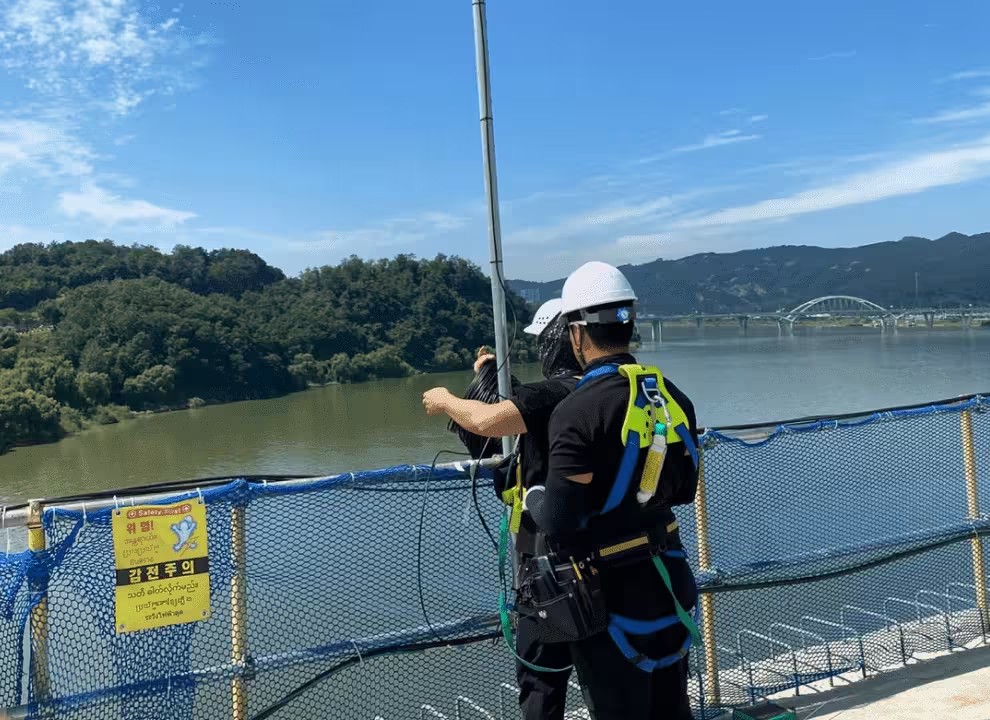
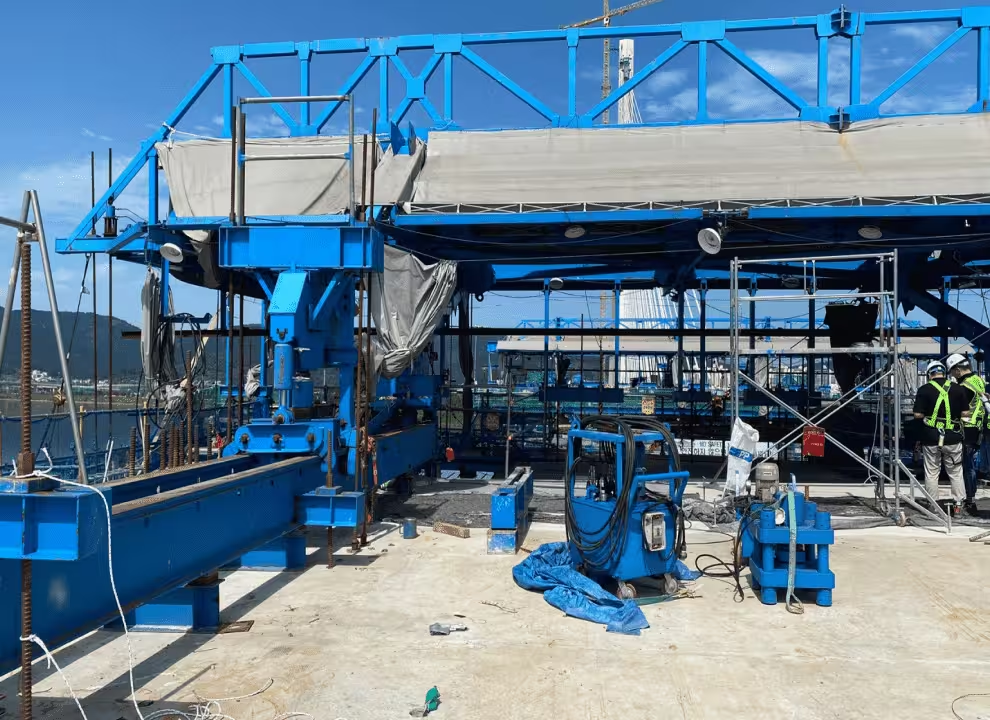
물류창고 자산 추적
위치 추적 기술은 자산의 위치를 실시간으로 파악할 수 있어, 작업자가 자산의 위치를 찾는 데 걸리는 시간고 노력을 줄일 수 있습니다. 이는 작업 효율성을 향상시키며, 재고 이동 경로를 최적화하여 물류 프로세스의 효율성을 높이는 데에도 도움이 됩니다.
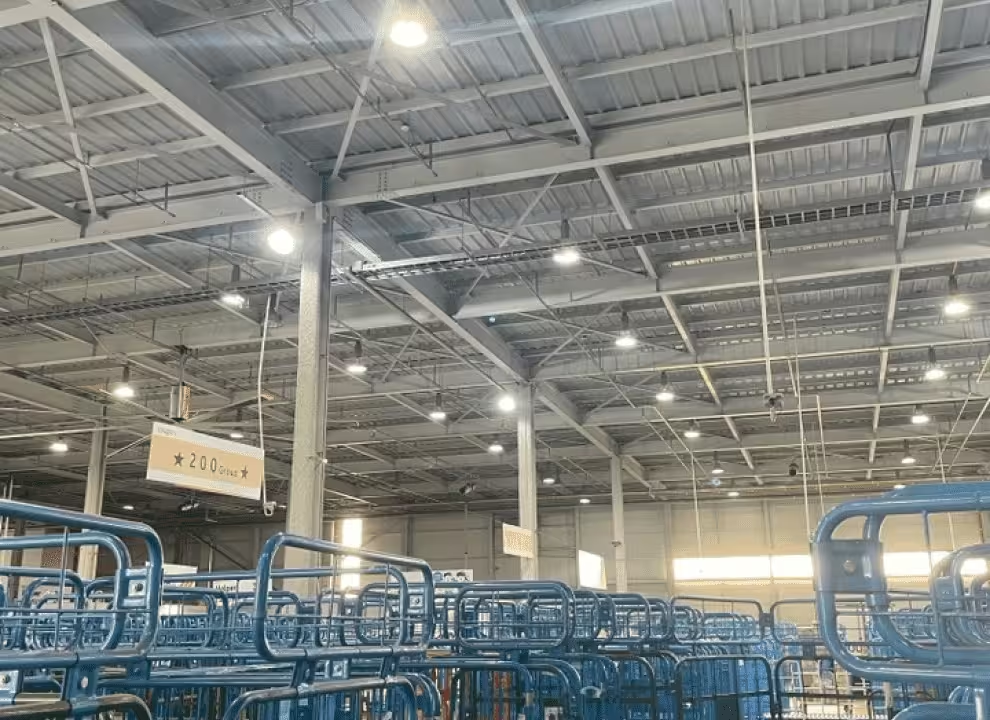
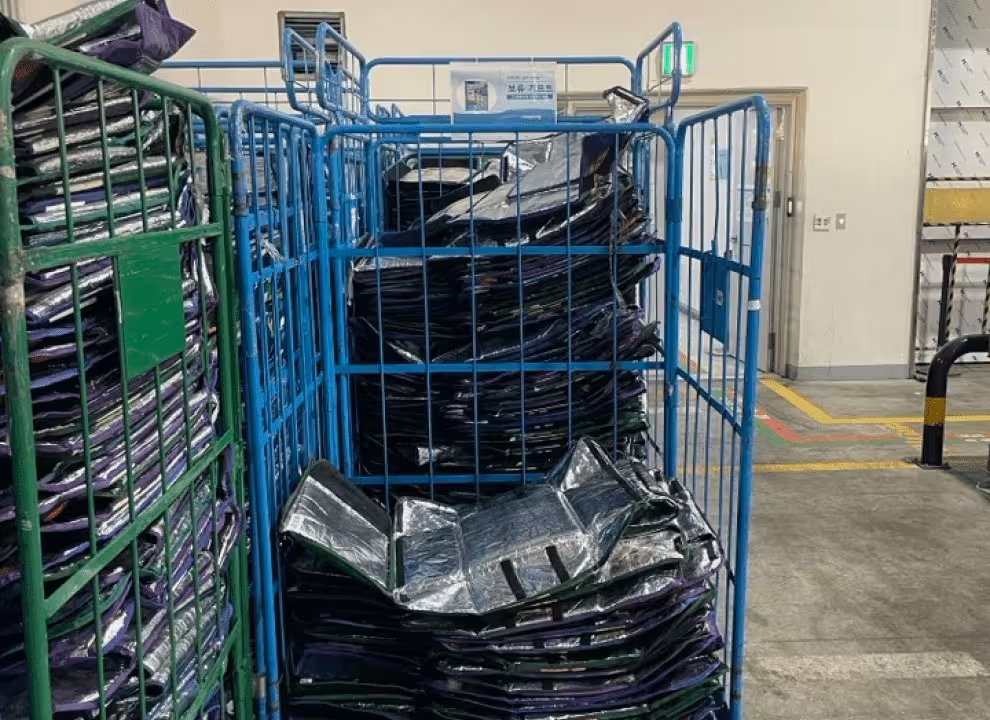
병원 의료 장비 및 환자 추적
위치 추적 기술은 자산의 위치를 실시간으로 파악할 수 있어, 작업자가 자산의 위치를 찾는 데 걸리는 시간고 노력을 줄일 수 있습니다. 이는 작업 효율성을 향상시키며, 재고 이동 경로를 최적화하여 물류 프로세스의 효율성을 높이는 데에도 도움이 됩니다.
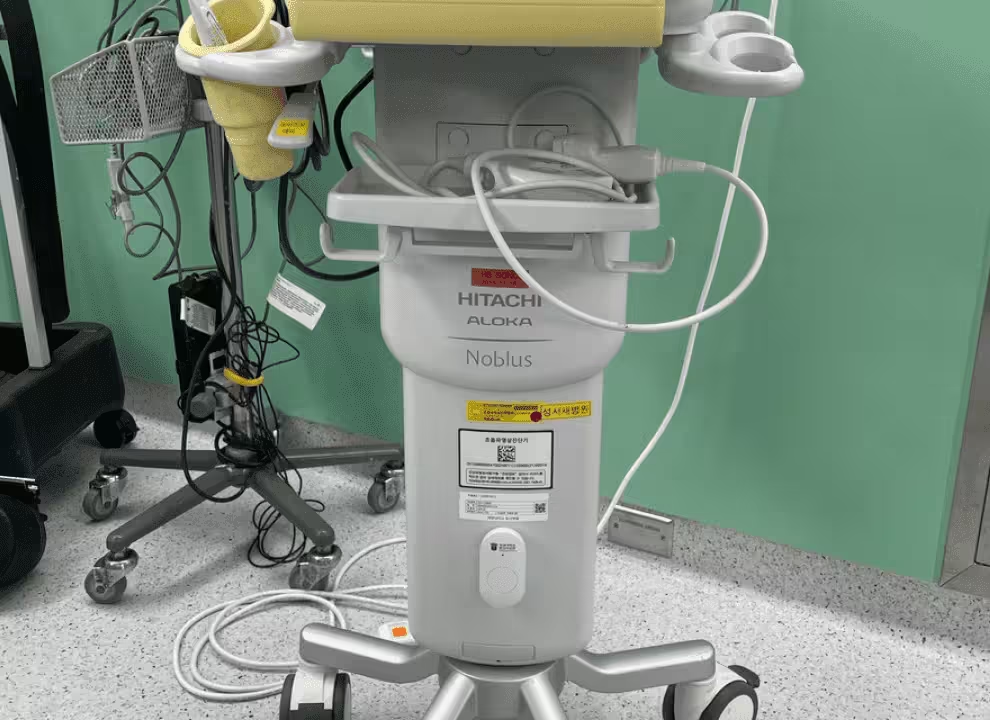
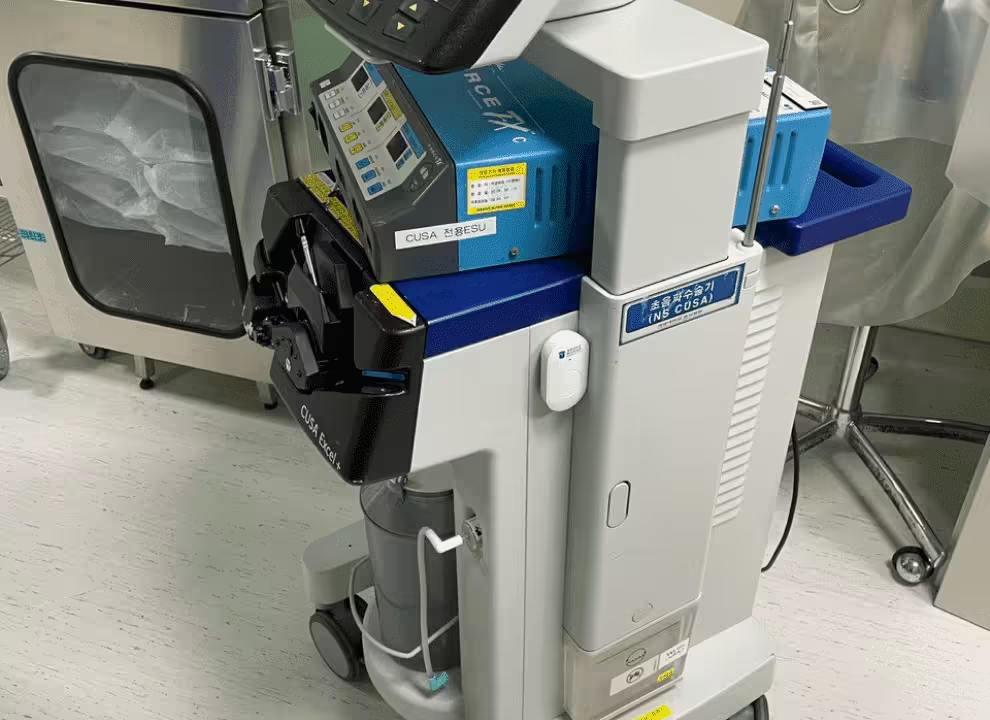
실시간 생산공정 모니터링
제조업체나 공장의 제품 생산 과정에서 제품의 위치, 생산 라인의 움직임, 작업자의 위치 등을 실시간으로 추적할 수 있도록 합니다. 실시간으로 위치 정보를 파악하여 생산 라인의 움직임이 원활하게 이루어지도록 도와주며, 공정에 문제가 발생했을 때 빠르게 대처할 수 있도록 도와줍니다. 이를 통해 공장의 생산 라인을 최적화하고, 제품 생산과정의 효율성을 높이며, 생산품질을 개선하는 데 큰 역할을 합니다.
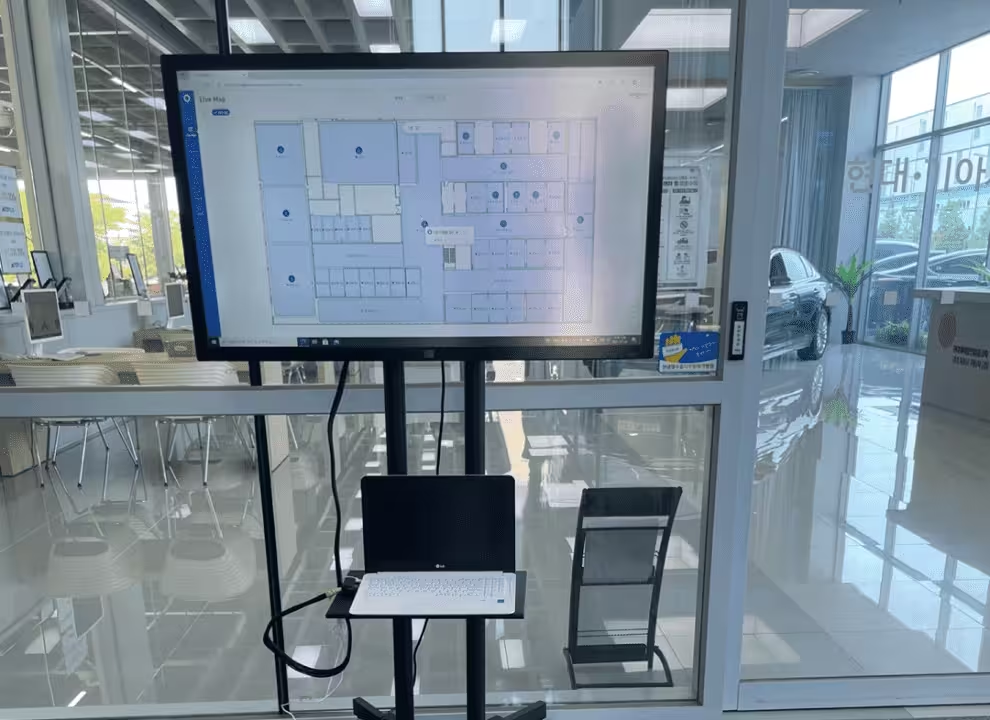
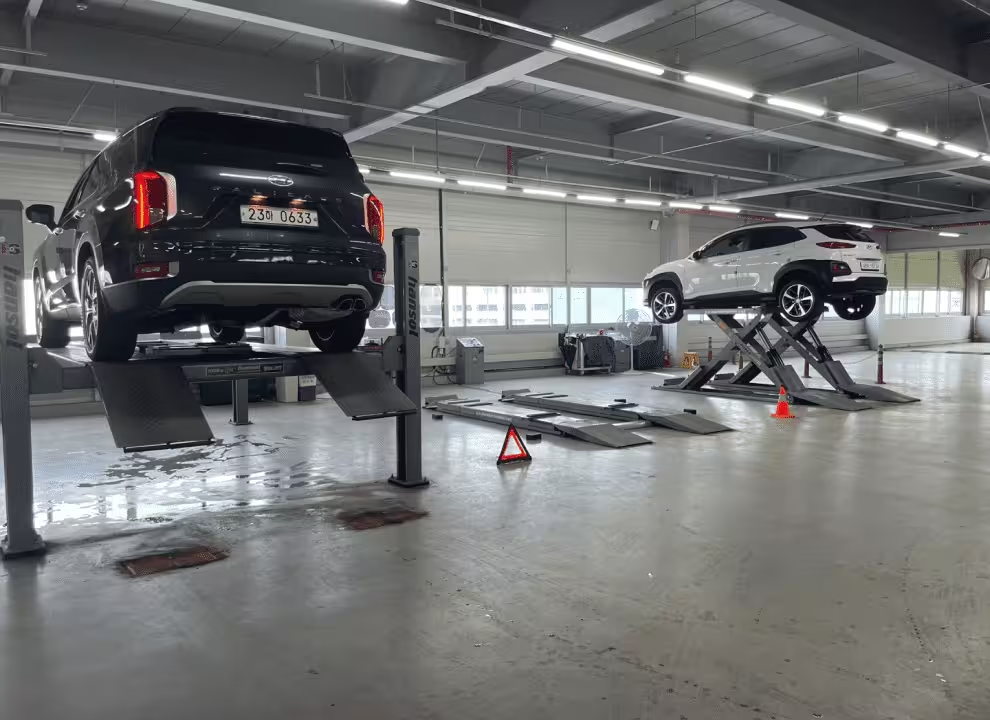
전시장 방문객 분석
박물관, 전시관, 리테일 매장 등에서 방문객의 시간대별 공감 점유율을 분석할 수 있습니다. 이를 통해 방문자의 이동 경로, 방문 빈도, 체류 시간, 인기 있는 전시물 등의 정보를 파악할 수 있으며, 이를 토대로 전시물이나 상품의 위치나 배치를 조정하여 방문객들의 만족도를 높이는데 활용합니다.
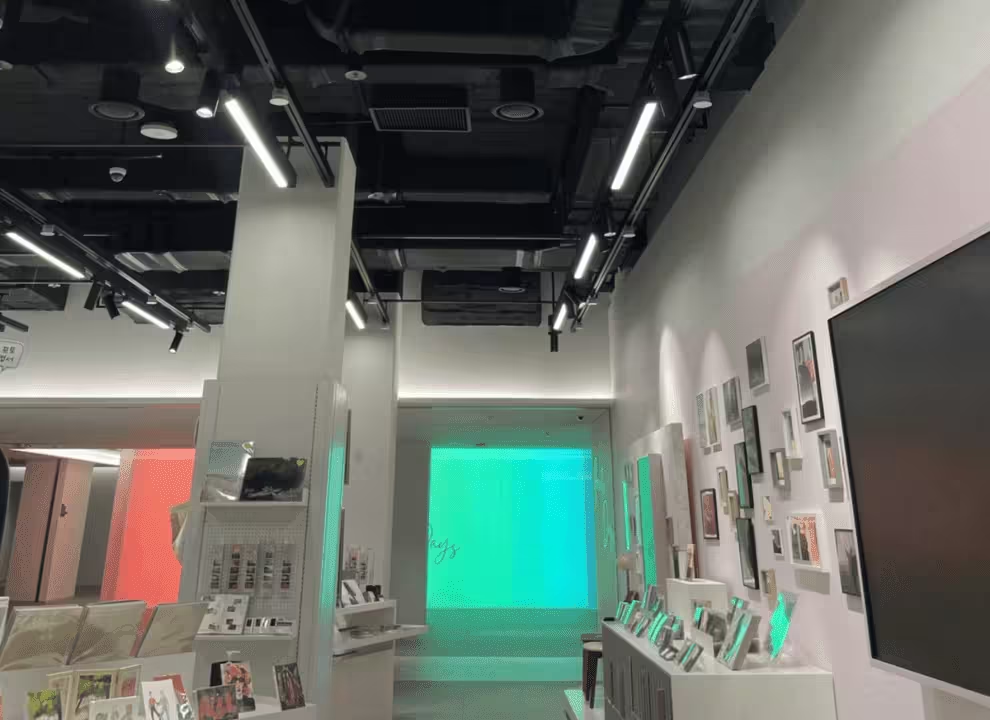

관련 제품
Worker Location Tracking Package
Worker Location Tracking Package
TwinTrackerPro 10 + Server 1
This product is a UWB device that can be attached to workers or equipment to assist in real-time location tracking.
더 알아보기

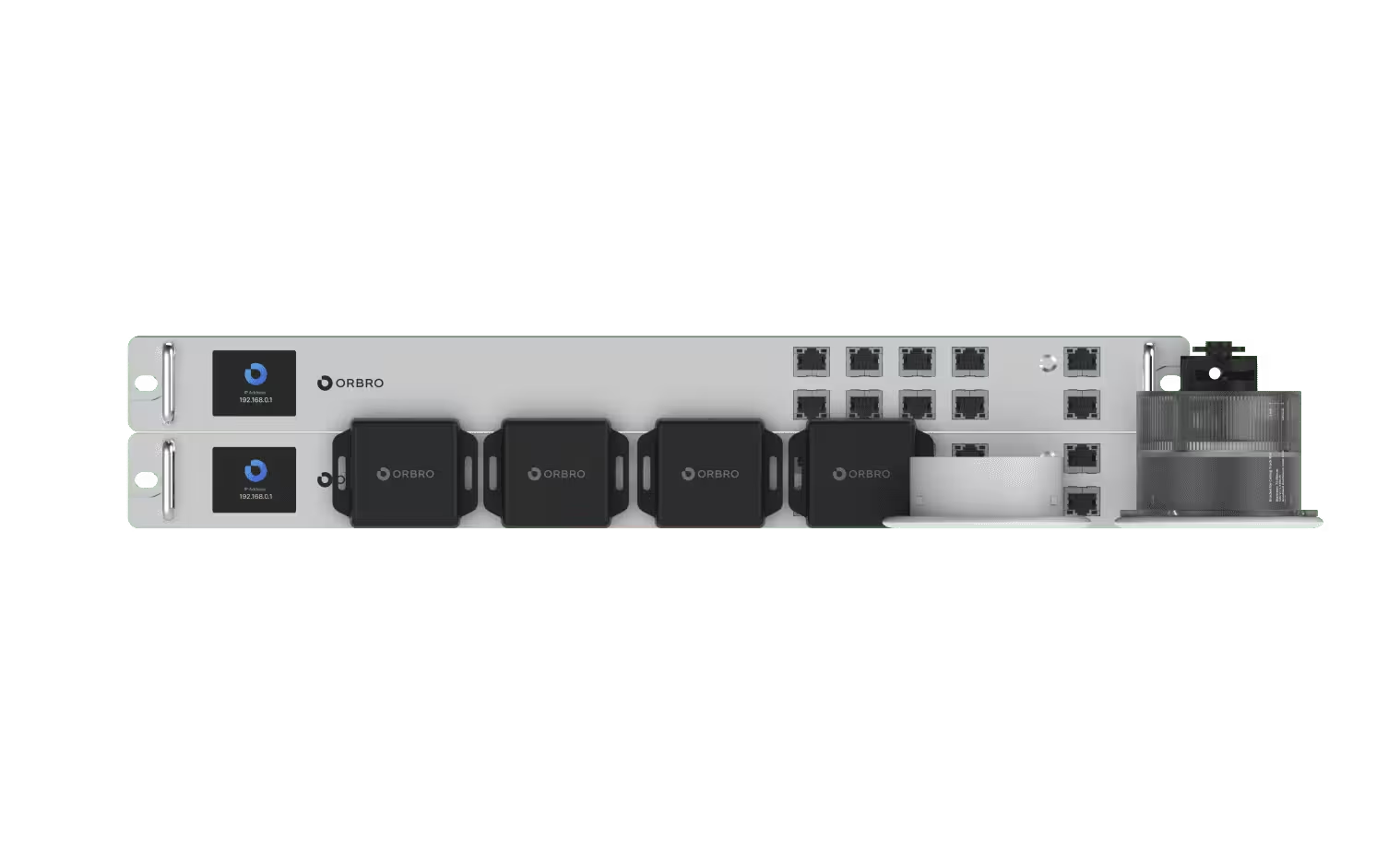
오브로 솔루션 소개
Did you like the article?
Share it.
Share it.
#locationTracking
#RTLS
#UWB
#BLE

고객 센터
전화 : 1522 - 9928
이메일 : pr@orbro.io


